Chemical fumes are more common in our homes and workspaces than many people realize. Paint, cleaning sprays, adhesives, new furniture, resin crafts, and even cooking can release gases called VOCs (volatile organic compounds).
These fumes do more than create unpleasant odors. They can trigger headaches, dizziness, eye irritation, and long-term health risks if exposure continues.
That leads to a simple but important question: Do air purifiers remove chemical fumes? The short answer is yes, but not all air purifiers can.
In this guide, we’ll explain how air purifiers work, which ones actually reduce fumes, their limitations, and how to use them properly to make your space healthier.
Quick Guide 💡:
- Standard HEPA filters capture particles, not chemical fumes.
- Activated carbon filters are the best option for VOCs, odors, and gases.
- Not all air purifiers remove chemical fumes—look for models labeled VOC or fume filtration.
- Air purifiers reduce fumes but ventilation and source control are also important.
- Best results come from a combination of carbon filters, proper room size, and good airflow.
Shop Related Products
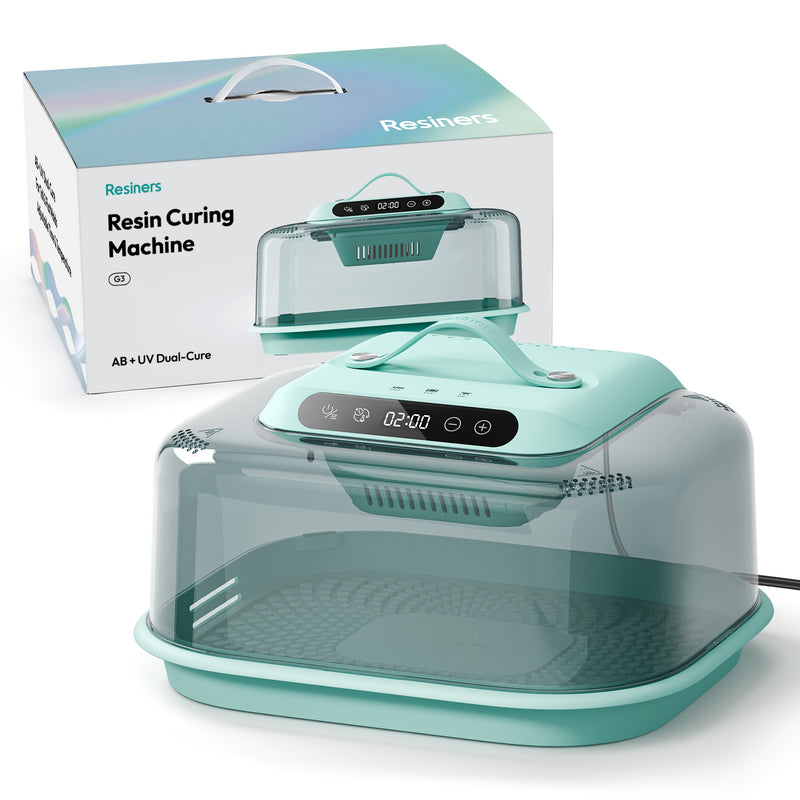 |
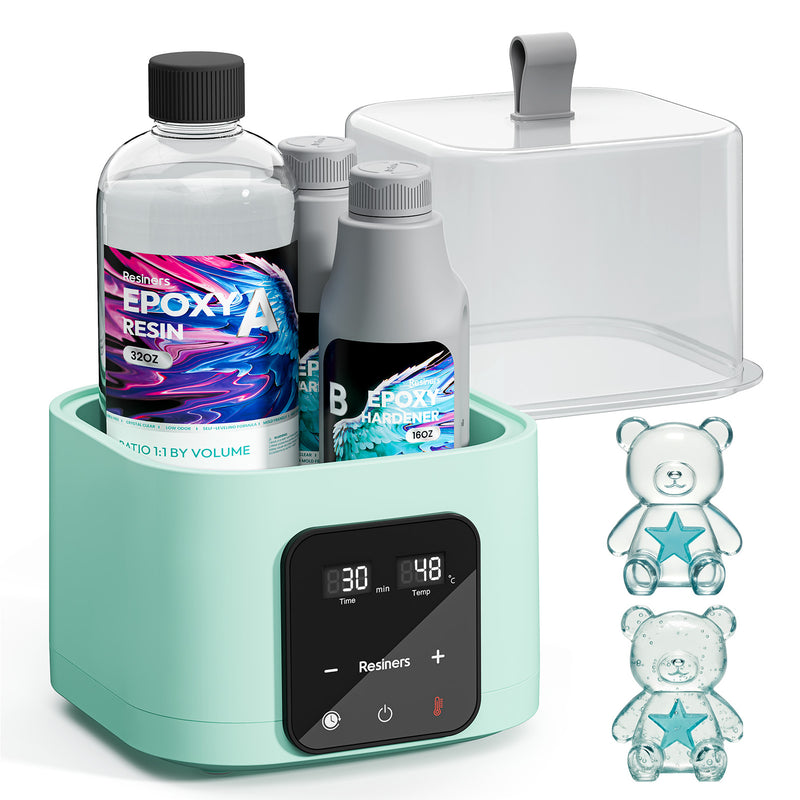 |
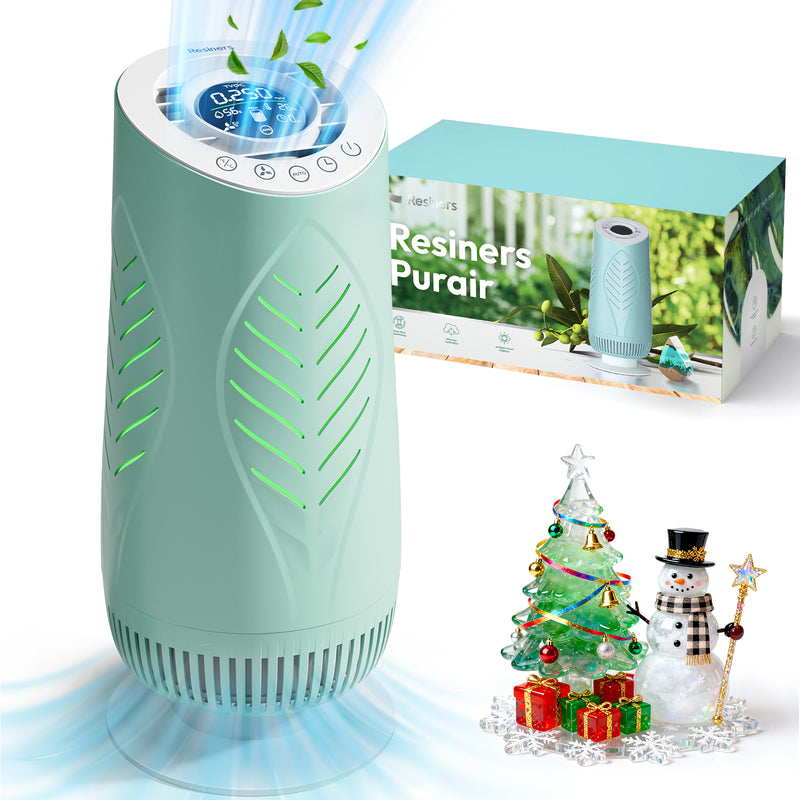 |
What Are Chemical Fumes?

Chemical fumes, also known as VOCs (volatile organic compounds), are gases released from liquids or solids that contain chemical ingredients. These fumes evaporate at room temperature and can accumulate in enclosed areas.
Common sources of chemical fumes include:
- Paints and varnishes
- Epoxy resin and craft materials
- Cleaning supplies and disinfectants
- Aerosol sprays and air fresheners
- Fuel, adhesives, and solvents
Many of these fumes are invisible but harmful if inhaled regularly. Indoor air can have 2 to 5 times higher VOC concentration than outdoor air, especially in rooms without proper ventilation.
Possible Health Effects
Breathing in chemical fumes frequently can affect your health. Short-term exposure may cause symptoms like:
- Headache and dizziness
- Throat and eye irritation
- Nausea or fatigue
Prolonged exposure can lead to respiratory issues, skin sensitivity, or even chronic conditions. That’s why removing fumes with an air purifier designed for VOCs is a smart and practical move.
✨ Also Read: Resin Safety Guide
Do Air Purifiers Remove Chemical Fumes?
The answer depends on the type of air purifier you use. Not every model can capture gases or volatile compounds. Let’s break it down.
HEPA Filters Are Not Enough
HEPA filters are excellent for removing tiny solid particles like:
- Dust
- Pollen
- Smoke particles
- Pet dander
However, HEPA filters cannot capture chemical gases or odors because fumes are made of molecules too small to be trapped by fibrous materials.
Activated Carbon Filters: The Key to Removing Fumes
For chemical fumes, air purifiers must include activated carbon filters. These filters are filled with highly porous carbon, which absorbs VOCs and odors as air passes through.
How it works:
- The carbon surface adsorbs chemical molecules instead of letting them flow back into the air.
- The larger the amount of carbon, the better the purifier removes gases.
- Some advanced filters also include additional materials like zeolite to target ammonia and formaldehyde.
📌 Pro Tip: Look for air purifiers that mention VOC, chemical, or odor removal in their specifications. Standard “dust-removing” purifiers don’t eliminate gases effectively.
✨ Also Read: Effective Solutions for Reducing TVOCs in Resin Crafting
How Air Purifiers Remove Chemical Fumes

Step-by-Step Process
Here’s how air purifiers designed for fumes work inside your home:
- Air Intake: The unit pulls contaminated air into the system using an internal fan.
- Particle Filtration: HEPA or pre-filters catch dust and large debris.
- Chemical Adsorption: Activated carbon or VOC filter captures chemical fumes and odors.
- Clean Air Output: Purified air is released back into the room.
What Makes Carbon Effective
Activated carbon is treated with oxygen to open thousands of tiny pores. These microscopic openings increase surface area, allowing the filter to “trap” VOC molecules through adsorption (not absorption).
The longer air stays in contact with the filter, the more fumes it can remove. This is why thicker carbon filters perform better than thin, budget options.
Do All Air Purifiers Remove Chemical Fumes?
The simple answer is no. Most budget air purifiers are designed for dust and allergens, not fumes.
Unless an air purifier includes an activated carbon filter or is marketed for VOC removal, it will not reduce chemical fumes.
Signs Your Purifier Does Not Remove Fumes
- Only lists HEPA or particle filtration.
- No mention of odors, gases, or VOCs in the description.
- Has a small, thin charcoal sheet instead of a real carbon filter.
Signs Your Purifier Can Remove Fumes
- Specifically mentions VOC filtration, odor removal, or chemical fume reduction.
- Includes a large activated carbon filter.
- Has a higher weight of carbon media (some quality filters contain pounds of carbon, not just grams).
How to Choose an Air Purifier for Chemical Fumes

Not every purifier is suitable for environments with heavy fumes. Whether you’re crafting with resin, painting, or cleaning, here’s what to look for when buying one.
1. Activated Carbon Filter (Mandatory)
Always verify the purifier includes an activated carbon or VOC filter. Look for filters that list their weight or carbon content — more carbon equals better odor and fume control.
2. Multi-Stage Filtration
The best purifiers combine:
- Pre-filters to catch large particles
- HEPA filters to trap dust and smoke
- Carbon filters to capture gas molecules
This combination ensures total air purification.
3. Large Carbon Bed
For heavy VOCs from materials like paint or resin, choose systems with 2–5 pounds of activated carbon. Thin carbon sheets are less effective for strong chemical control.
4. Sealed Design
The purifier should be tightly sealed so air doesn’t leak around the filter. A well-sealed unit keeps unfiltered air from escaping back into the room.
5. Adjustable Settings
Variable fan speeds help control noise and efficiency. Increase settings during resin projects and lower it for regular maintenance cleaning.
6. Smart Sensors (Optional but Helpful)
High-end purifiers include VOC sensors that detect gas levels and adjust fan speed automatically. This helps maintain clean air without constant monitoring.
Best Placement and Use Tips for Removing Fumes
Your air purifier’s efficiency can improve by up to 30% if positioned correctly.
Placement tips:
- Keep the purifier near the source of fumes, such as your resin table or workshop corner.
- Make sure there’s airflow clearance on all sides.
- Avoid putting it directly against walls or under tables.
- Close doors and windows while it runs to maximize efficiency.
- Run it at least 3 to 6 hours after working with chemicals or continuously during use for best results.
In larger spaces, using two smaller units instead of one big one ensures even air circulation.
How Long Should You Run It for Chemical Fumes?
Duration depends on how strong the fumes are and the purifier’s power.
- Light fumes (general odor): 2–3 hours of use is usually enough.
- Heavy fumes (resin workshops, paint rooms): Keep it running continuously for up to 24 hours.
- Ongoing odor issues: Maintain daily operation at low speed.
Always replace filters at the recommended intervals — usually every 3–6 months for heavy chemical usage.
Recommended Air Purifiers and Filters for Chemical Fumes
Artists, hobbyists, and makers often ask if air purifiers help with resin fumes. The answer is yes, but only with VOC-rated purifiers. Resin curing releases fumes that can irritate lungs and eyes.
If you work with resin, consider a purifier built for VOC removal and position it close to your work table.
👉 Check out:
These are designed to capture VOCs from resin and other chemical projects, helping you work more comfortably and safely.
Conclusion
So, do air purifiers remove chemical fumes? Yes, but only the right type. HEPA filters alone cannot capture gases. For chemical fumes, odors, and VOCs, you need an air purifier with a strong activated carbon filter.
Air purifiers reduce fumes, improve comfort, and protect your health, but they should always be combined with ventilation and safe practices. If you regularly deal with chemicals or resin, investing in a VOC-rated air purifier is one of the best ways to improve your indoor air quality.
FAQs: Do Air Purifiers Remove Chemical Fumes?
How toxic are epoxy fumes?
Uncured epoxy can release fumes and amine vapors that may irritate the nose, throat, eyes, and skin. Short exposure can cause headaches or dizziness, and repeated exposure can lead to sensitivity. Once fully cured, most epoxies are inert, but you should still sand or cut with dust control. Always work with good ventilation and wear gloves.
Will an air purifier help with resin fumes?
Yes, the right air purifier can help reduce smell and vapors while you work. Choose a unit with a large activated carbon filter for gases and a true HEPA filter for fine particles from mixing and sanding. An air purifier is a support tool, not a replacement for ventilation. Use it together with open windows or local exhaust.
How to remove resin fumes?
Increase fresh air by opening windows and setting up a fan to pull fumes outside. Work close to a window or use a fume hood or ducted exhaust if possible. Run an air purifier with a thick carbon filter during and after pouring. Keep lids closed, wipe spills fast, and let pieces cure in a ventilated space.
What filters do I need for resin fumes?
Look for a purifier with a true HEPA filter for particles and a heavy, pelletized activated carbon filter for VOCs and odors. More carbon usually means better gas capture and longer life. A pre-filter helps catch dust and protects the main filters. Replace filters on schedule to keep performance strong.
What is the best air purifier for epoxy resin?
For resin work, use a purifier built for VOCs with a large carbon cartridge and true HEPA. The Resiners Resin Air Purifier is designed for craft and shop use, with multi-stage filtration and strong odor control. Place it near your work area and keep airflow moving outward. Pair it with ventilation and safe handling for the best results.

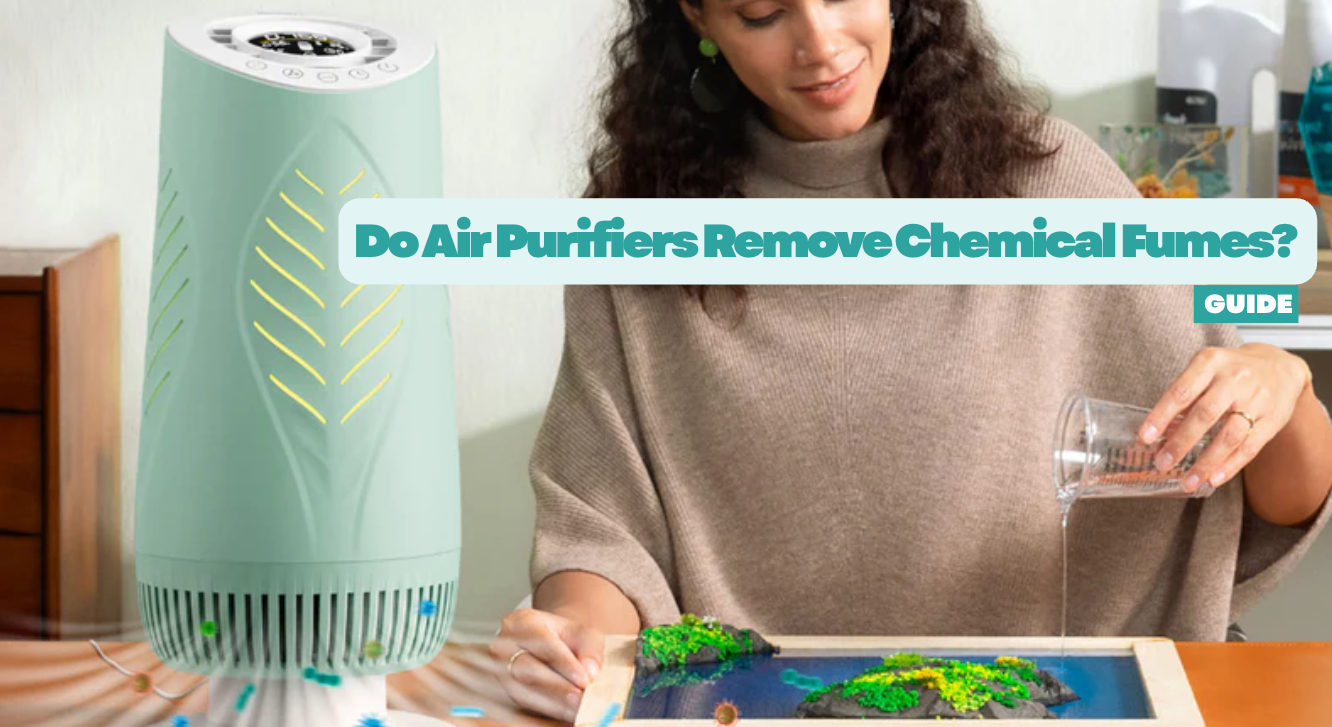



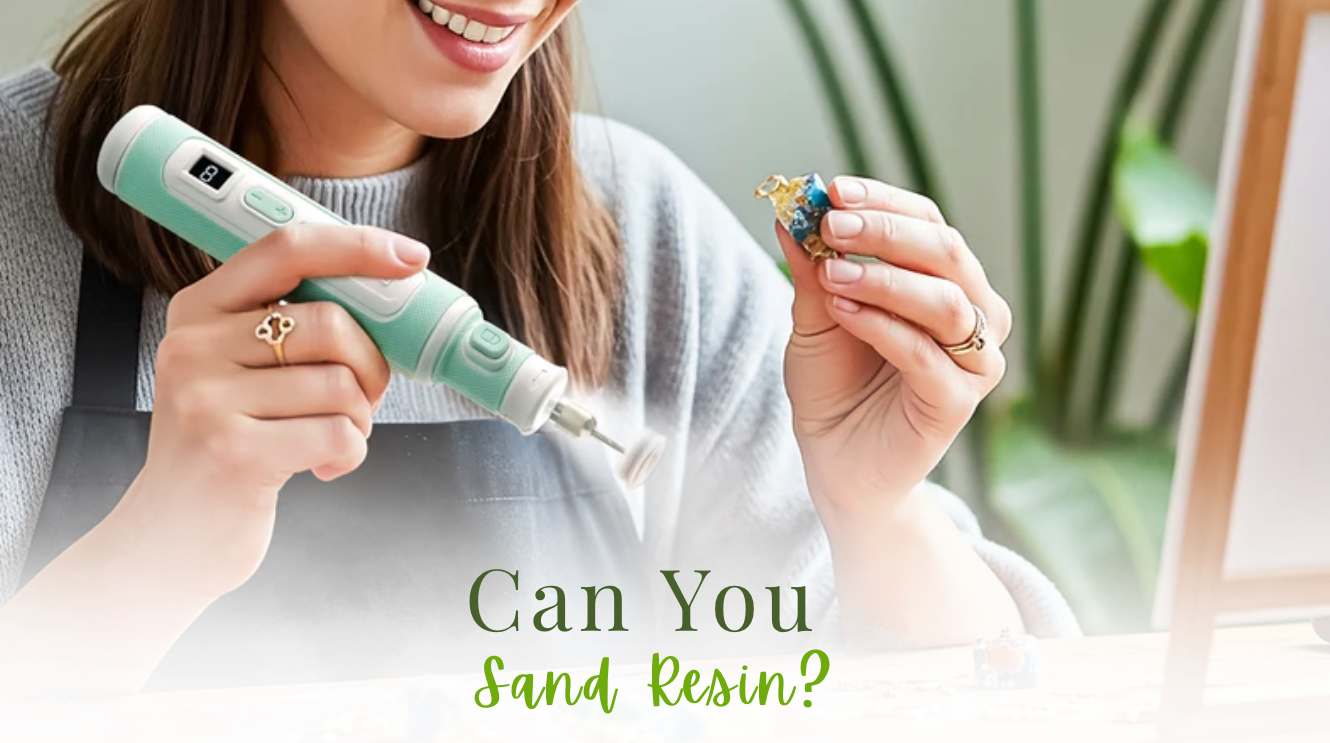
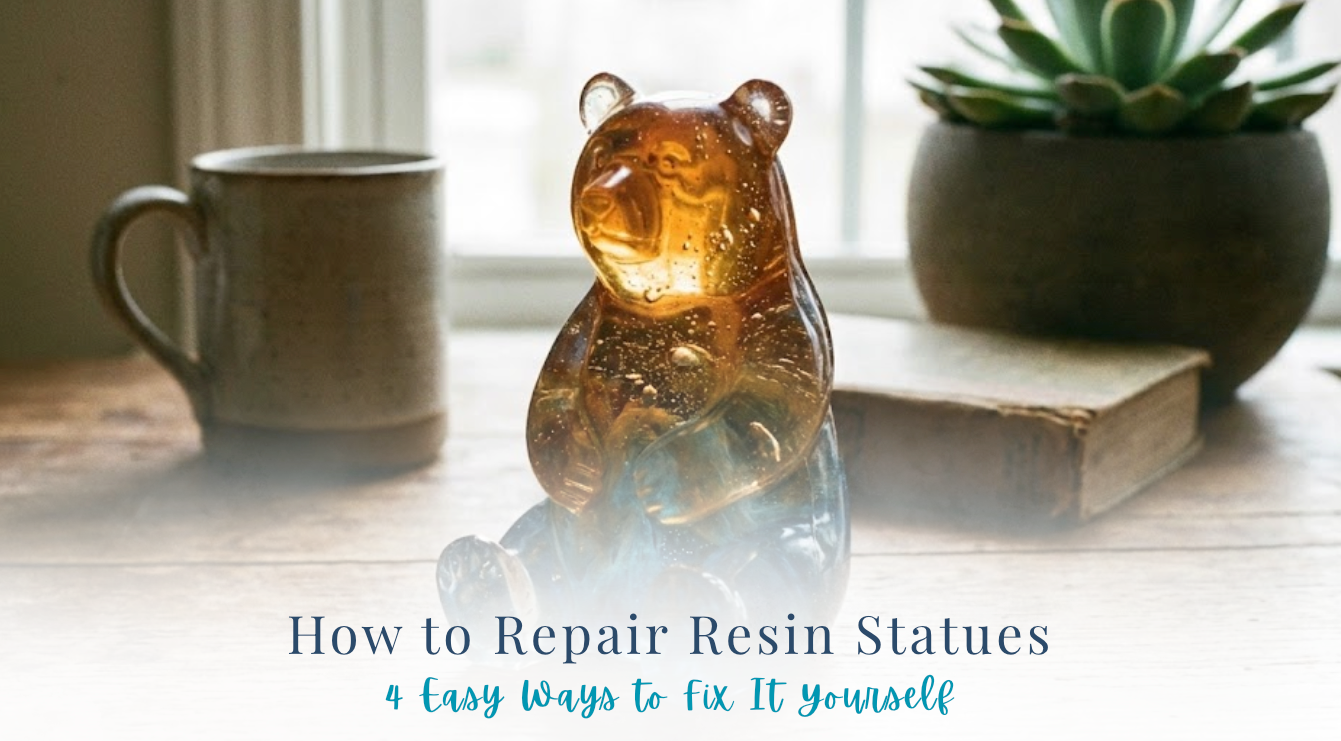

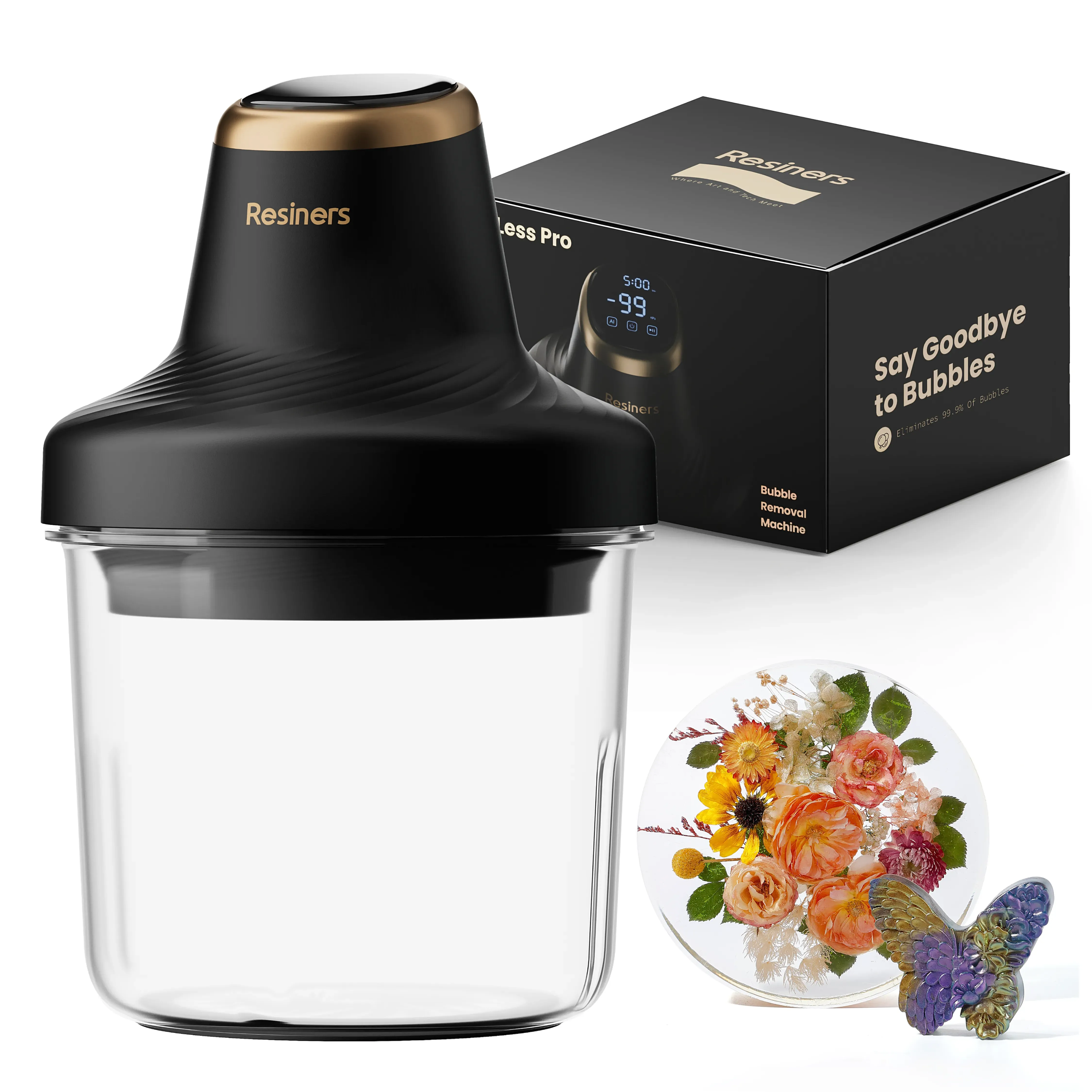


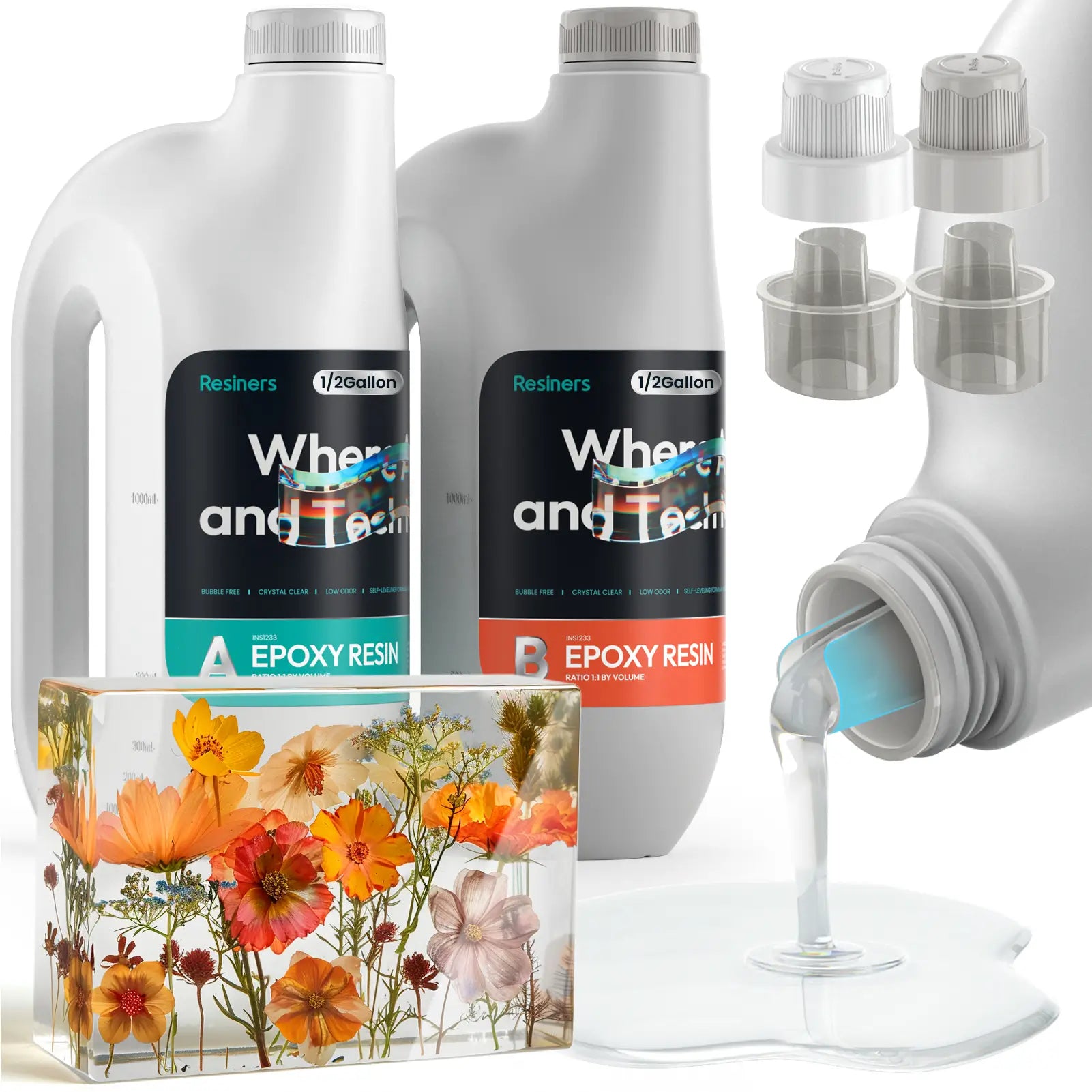
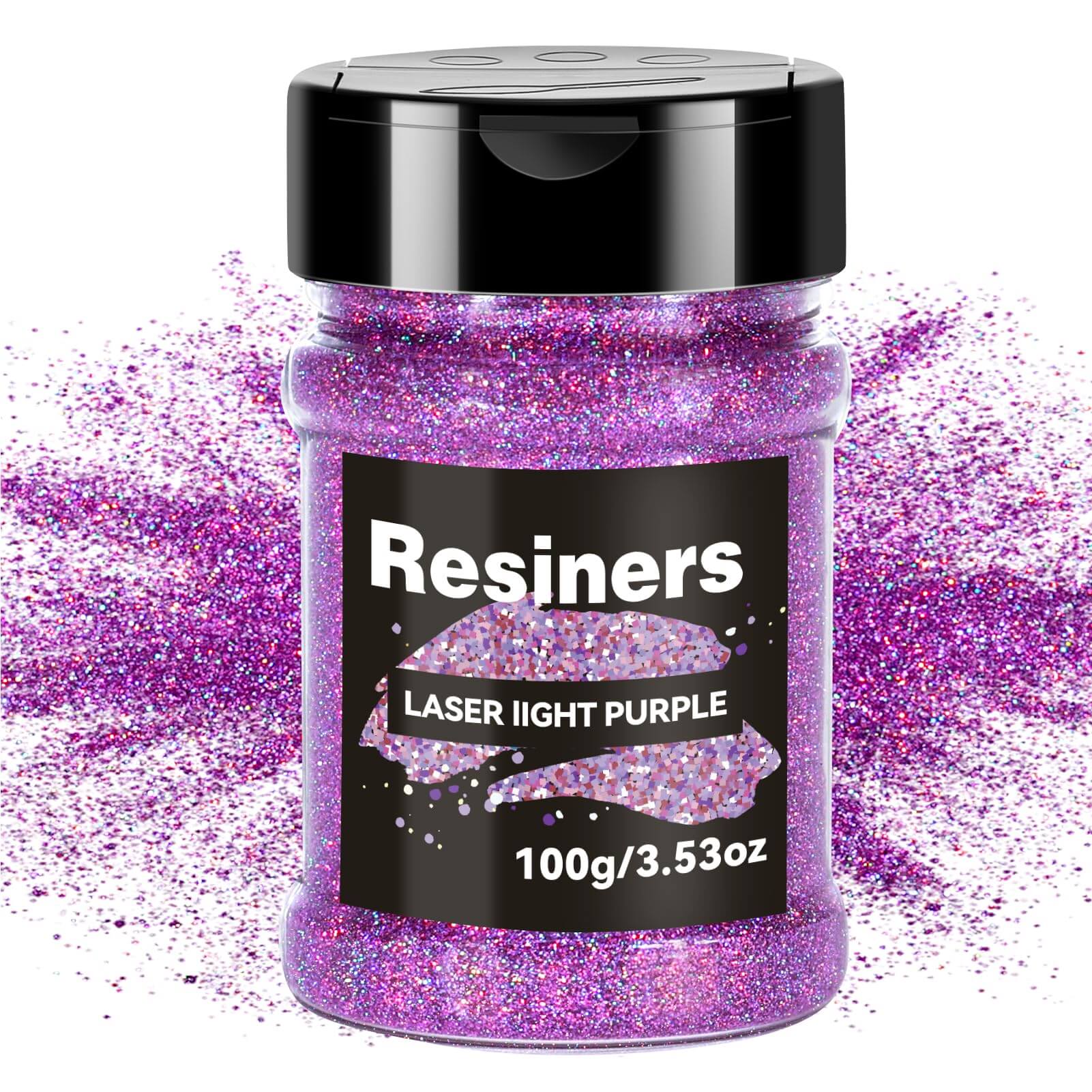
Deixar comentário
Este site é protegido por hCaptcha e a Política de privacidade e os Termos de serviço do hCaptcha se aplicam.